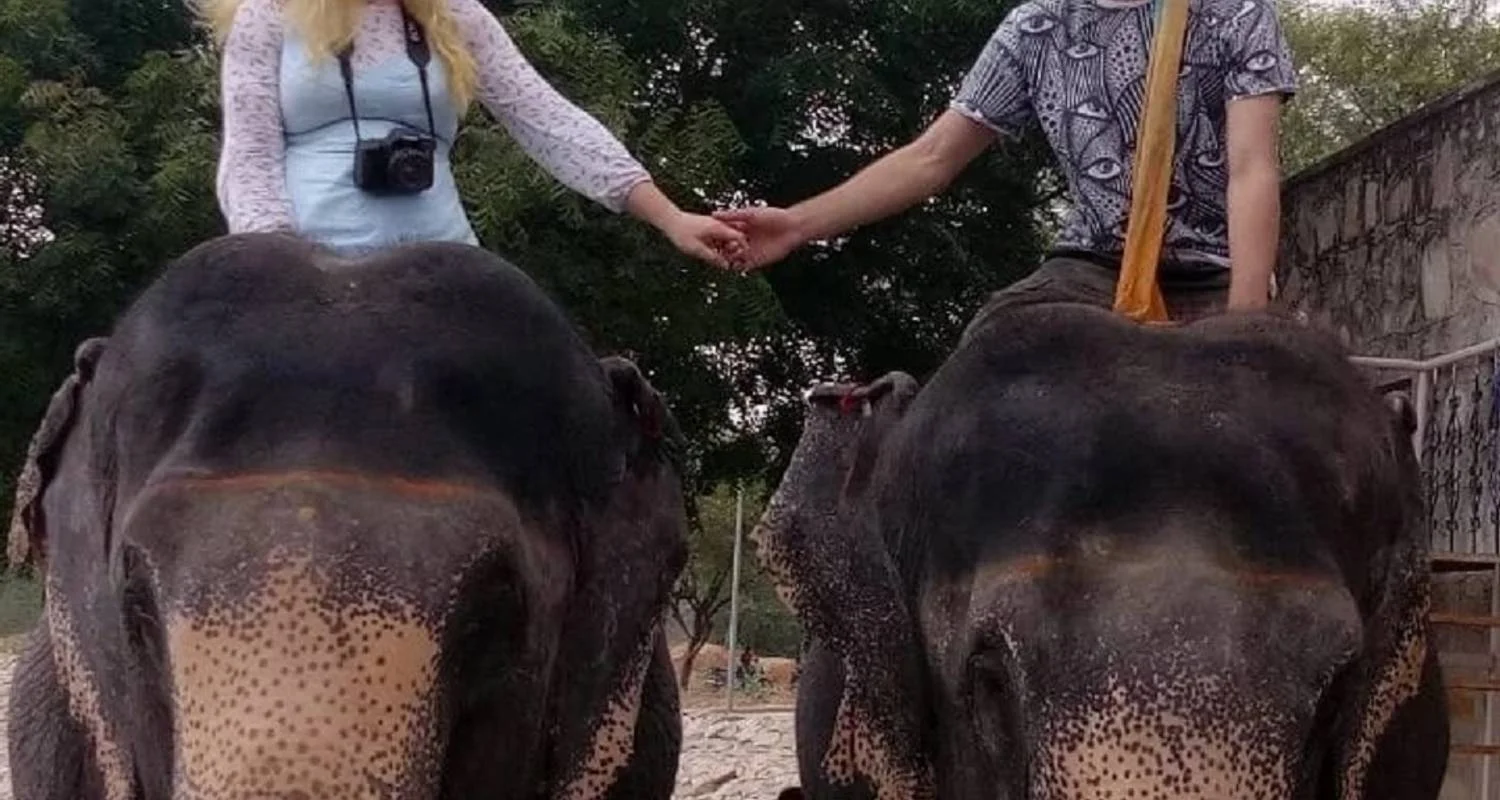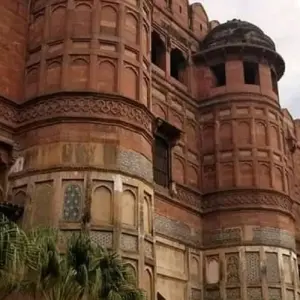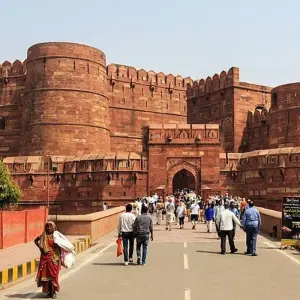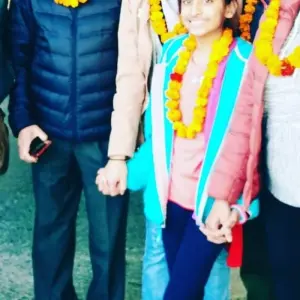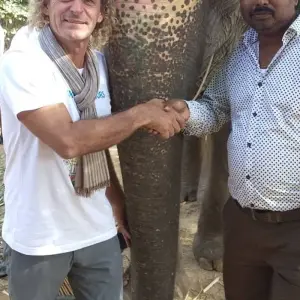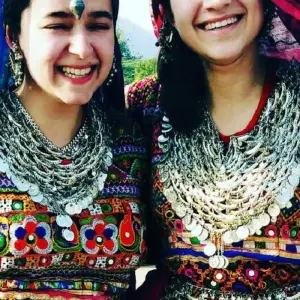After breakfast, your guide will pick you up for a full-day sightseeing tour of Delhi. You'll start at the Red Fort (closed on Mondays), a red sandstone marvel. In 1638, the Mughal king Shah Jahan decided to shift his capital from Agra to Delhi, and he began constructing the Red Fort on the bank of Old Delhi's Yamuna River.
Then, you'll drive past Raj Ghat. The Ghat is essentially a black marble platform that marks the spot where Mahatma Gandhi was cremated on January 31, 1948, a day after he was assassinated. An eternal flame burns at one end of the open-air memorial, and the road it is located on is officially called Mahatma Gandhi Road. Next, you'll visit Jama Masjid, which was Old Delhi's central mosque in Shah Jahan's time. The Shah completed the mosque in 1656, and it is still one of the largest mosques in India today. The mosque's capacity is about 25,000 people, and around 5,000 laborers worked to build it.
Afterward, you'll go to Chandni Chowk, the city's most famous market. Old Delhi was once the city of Shahjahanabad, a fortified city under the Mughal rule. Even today, the remains of this past can be seen at the Kashmiri Gate, Ajmeri Gate, Turkman Gate, Delhi Gate, and Feroz Shah Kotla. In those days, Chandni Chowk was the city's central market. Today, it's a massive area packed with stalls and people. You'll take a rickshaw ride in the market to get a different view of the hustle and bustle.
After the market, you'll visit New Delhi. You'll pass by the India Gate (a memorial to the Indian soldiers who died in WWI), the Rashtrapati Bhavan (formerly the viceroy's residence), and the Parliament House. Then, you'll visit the imposing Lakshmi Naryan Temple, one of the famous Birla Temples in India, built in 1938 and dedicated to Lord Vishnu and Goddess Lakshmi.
Finally, you'll visit the 12th century Qutab Minar, a UNESCO World Heritage Site. The Minar of Delhi is surrounded by a lush green garden, which is pleasant to walk through. You'll also see the Ashoka Iron Pillar of Delhi—which has withstood the ravages of time and not rusted in 1500 years—and the mausoleum of Emperor Humayun.

